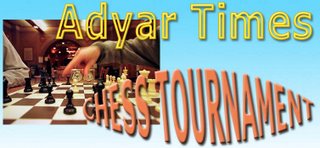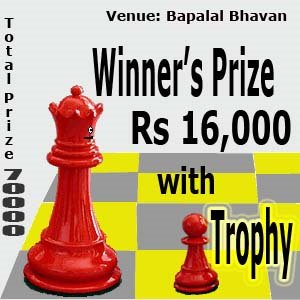IEEE (0.1)
Software simplifies machine vision implementation
National Instruments has released the NI Vision 8 Development Module, a comprehensive suite of vision software tools that engineers, system integrators and machine builders can use to improve system efficiency and save money by increasing quality control in the manufacturing process.
The Vision 8 Development Module combines an extensive collection of vision libraries with acquisition software for thousands of cameras – including those based on the IEEE 1394 (Firewire) connection standard – all optimised for common programming environments like NI Labview and Microsoft C++, Visual Basic and .Net.
In addition, the Vision 8 Development Module includes new algorithms for golden template comparison, optical character verification (OCV) and Data Matrix grading that are designed to help engineers identify packaging and assembly errors earlier in production.
“With the new tools included in the Vision 8 Development Module, NI has released one of the industry's most comprehensive software packages for acquiring and processing images,” says Kevin Schultz, NI director of strategy.
“The collection of tools includes drivers for IEEE1394 cameras, world-class algorithms and easy-to-use software, all at an affordable price point, making it well-suited for end users and machine builders wanting to improve their system efficiencies and quality control.”
Machine builders and integrators face particular challenges within the manufacturing process, including the need to recognise and correct errors earlier before more value is added to a product. For example, in a machine vision application, a mislabelled container could be identified and removed from the assembly line before product is added and resources wasted.
The algorithms for golden template comparison and OCV inspection identify flaws in labels and defects in products, while the Data Matrix grading tool verifies that 2D bar codes are applied correctly in accordance to the ISO16022 (AIM) standard.
Along with the hundreds of image processing and machine vision functions in the Vision 8 Development Module, engineers can take advantage of additional included software such as NI Vision Assistant and NI Vision Acquisition software.




